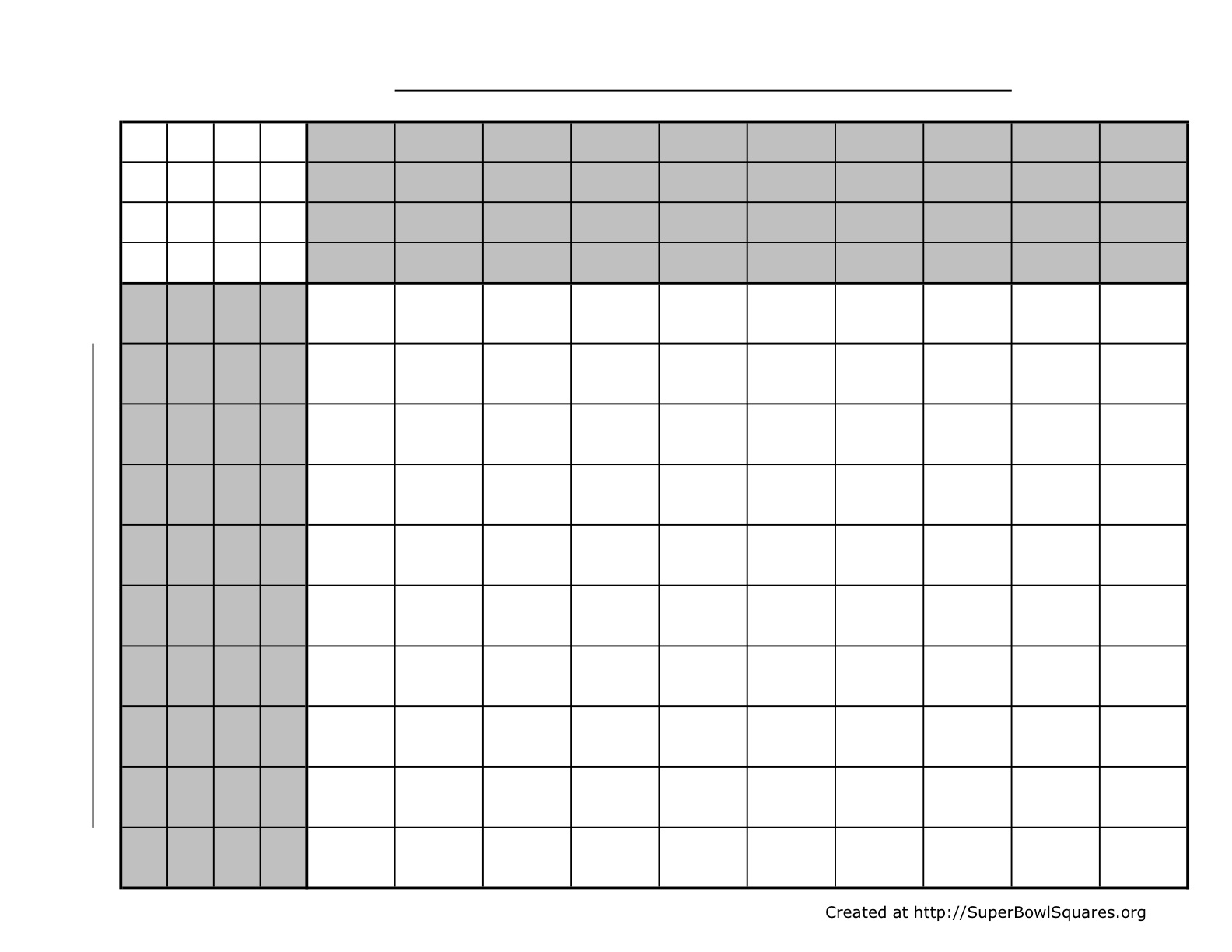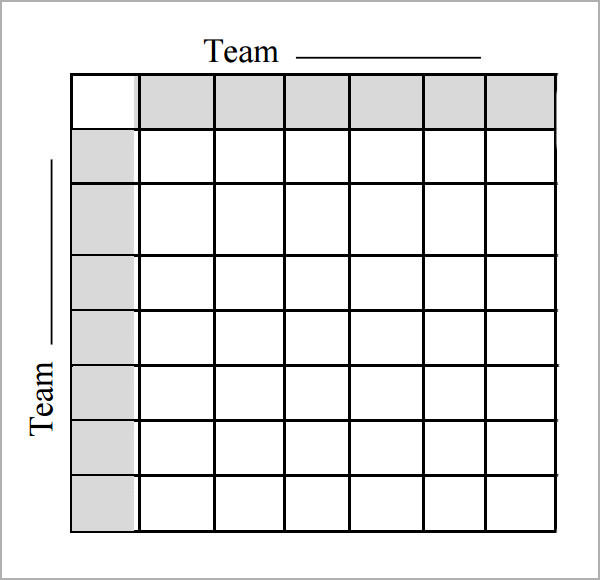Squares Betting Template
Then I cut the actual protective layers, traced from the same template I used to lay out the stitching, plus the lengths for the ties (I favor ties over elastic). Each mask has two layers of high thread count percale (harvested from retired sheets and pillowcases) in addition to the decorative outer layer. Below we have included a Super Bowl squares template and the full rules of how to play. Super Bowl Squares Rules. This is probably the most well-known Super Bowl party game. You start off with an empty 10 by 10 grid. One team playing in the Super Bowl is assigned to the columns, and the other is assigned to the rows. Blank Super Bowl Squares.
They are the games within the big game. Wagering comes in many forms when it comes to the Super Bowl.
One of the favorite plays is Super Bowl squares. The object is to have the square that matches up to the score of the last digit of each team at the end of every quarter and the final score.
The payouts come at the end of each quarter, and the final score. You don’t have to be a football fan to win this contest. Just takes some luck and the right score.
Below is a Super Bowl squares template if you want to start your own contest if you haven’t joined many already.
How to play

Each square has a corresponding row and column number. At the end of each quarter, look to see if those two numbers match the end digits of each team’s point total. An example: after the first quarter if it is Buccaneers 10, Chiefs 7, then the player with the square that corresponds with 0 for Tampa Bay and 7 for is the winner.
Football Squares Betting Sheet

Football Pool Squares Printable
Format

The setup for Super Bowl squares is simple. A pool consists of 10 vertical columns and 10 horizontal rows thatched together and numbered from zero to nine. One Super Bowl team gets the columns and the other gets the rows. Each of the 100 squares inside is purchased individually.
How to win
At the end of every quarter, the person whose square corresponds with the second digit of each team’s score wins (for example, a 14–7 score at the end of the first quarter pays out the owner of the square at row 4, column 7). Often, if a square is unowned, you can rollover the money to the next quarter.